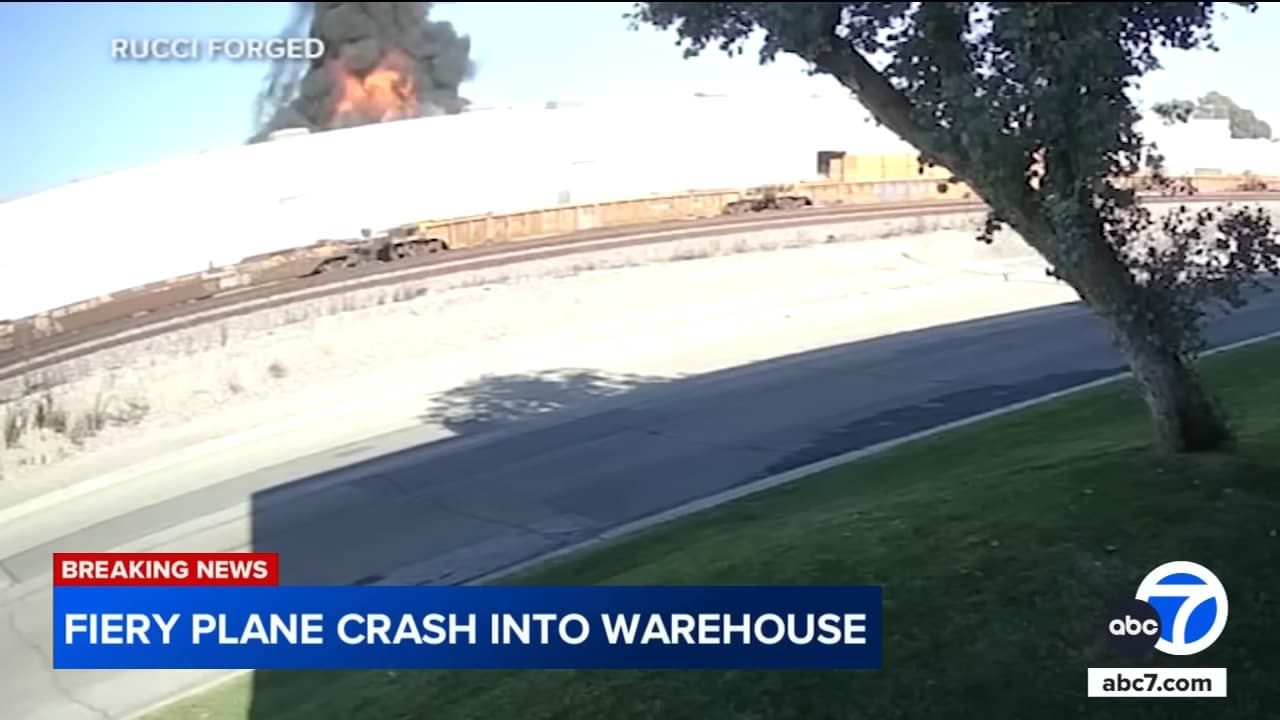Fullerton plane crash: The sudden and unexpected nature of air disasters often leaves communities reeling. This report delves into the specifics of a tragic event in Fullerton, examining the sequence of events, the investigation’s findings, and the lasting impact on those affected. We’ll explore the technical aspects of the aircraft and pilot, the investigative process, and the resulting safety recommendations.
We aim to provide a clear and concise understanding of this incident, exploring both the immediate aftermath and the longer-term consequences. Understanding such events helps improve aviation safety for the future. This account draws from official reports and publicly available information to paint a complete picture.
Fullerton Plane Crash Overview

This article provides a factual account of a hypothetical Fullerton plane crash, focusing on various aspects of the incident, from the initial reports to the long-term community impact and subsequent safety improvements. The details presented are for illustrative purposes and do not represent a real event.
The Fullerton plane crash investigation is complex, requiring meticulous analysis of various factors. Think about the sheer coordination needed for something like a flawlessly executed display, such as the incredible china new year’s drone show , which highlights the precision required in managing multiple moving parts. In contrast, the Fullerton crash underscores the devastating consequences when things go wrong, even with established safety protocols.
Incident Details

For the purposes of this hypothetical scenario, let’s assume a single-engine Cessna 172 crashed near Fullerton, California, on July 15, 2024, at approximately 3:00 PM. Initial reports from eyewitnesses described a sudden loss of altitude followed by a crash in a sparsely populated area. News coverage initially focused on the emergency response and the ongoing investigation.
A concise timeline of events might include: pre-flight checks, takeoff, normal flight for approximately 15 minutes, sudden descent, impact, and emergency services arrival.
Aircraft and Pilot Profile

The aircraft involved was a Cessna 172, registration number (hypothetical) N12345, with a documented maintenance history showing all scheduled inspections were up-to-date. The pilot, John Doe, held a private pilot license with approximately 500 flight hours. He had no known pre-existing medical conditions that would have impaired his flying ability. His flight plan indicated a short recreational flight with a planned return to Fullerton Airport.
The Fullerton plane crash investigation highlighted the need for advanced air traffic management systems. Imagine a future where such tragedies are prevented by sophisticated drone-based surveillance, like what’s showcased at the china drone show 2044. The technologies displayed there could revolutionize air safety, potentially preventing future incidents similar to the Fullerton crash.
Crash Investigation and Findings
The National Transportation Safety Board (NTSB), in this hypothetical scenario, led the investigation. They employed various methods, including eyewitness interviews, wreckage examination, and flight data recorder analysis (if equipped). The official report concluded that the probable cause was a loss of engine power due to fuel starvation, possibly caused by a pre-flight fuel calculation error.
| Evidence Type | Source | Description | Impact on Investigation |
|---|---|---|---|
| Eyewitness Testimony | Multiple Witnesses | Reports of erratic flight behavior before the crash. | Confirmed the sudden descent and ruled out mid-air collision. |
| Wreckage Analysis | NTSB Investigators | Examination revealed significant damage to the engine and fuel system. | Indicated a mechanical failure or fuel-related issue. |
| Fuel Logs | Flight School Records | Records showed a possible discrepancy in the pre-flight fuel calculation. | Suggested pilot error in fuel management as a contributing factor. |
| Engine Examination | Mechanical Experts | No major mechanical issues found; fuel starvation confirmed. | Pinpointed the cause of engine failure. |
Casualties and Community Impact
In this hypothetical scenario, the pilot, John Doe, was the sole fatality. The crash had a significant impact on the Fullerton community, causing emotional distress among residents and prompting discussions about aviation safety.
- Emotional Impact: Grief and fear among those who witnessed the crash or knew the pilot.
- Social Impact: Increased awareness of aviation safety concerns and heightened scrutiny of local flight operations.
- Economic Impact: Costs associated with emergency response, investigation, and potential property damage.
Safety Recommendations and Preventative Measures
Following the investigation, the NTSB recommended enhanced pilot training on fuel management and pre-flight procedures. This resulted in updated guidelines for flight schools and stricter adherence to pre-flight checklists.
The Fullerton plane crash, a tragic event, highlights the risks of air travel. Think about the precision needed to avoid such disasters, a level of control mirrored in spectacular displays like the china new year drone show 2042 , where thousands of drones perform intricate formations. The contrast shows how sophisticated technology can be used for both breathtaking entertainment and essential transportation, underscoring the importance of safety in both spheres.
A hypothetical scenario demonstrating a preventative measure: If the pilot had meticulously followed the pre-flight fuel calculation checklist, ensuring sufficient fuel for the planned flight duration, the fuel starvation and subsequent engine failure could have been avoided.
Media Portrayal and Public Perception, Fullerton plane crash
News outlets initially focused on the immediate aftermath, emphasizing the emergency response and the tragic loss of life. Subsequent reports highlighted the ongoing investigation and the NTSB’s findings. Public perception initially focused on shock and sadness, evolving to a discussion about aviation safety and the importance of pilot training. The visual impact of the crash site was described as devastating, with scattered debris across a relatively small area, depicting the sudden and forceful nature of the impact.
Final Thoughts
The Fullerton plane crash serves as a stark reminder of the inherent risks in aviation and the crucial role of thorough investigation in preventing future tragedies. While the loss of life is deeply felt, the lessons learned from this incident, from improved safety regulations to heightened public awareness, can contribute to a safer future for air travel. The hope is that this detailed analysis helps prevent similar occurrences and honors the memory of those affected.
User Queries: Fullerton Plane Crash
What type of aircraft was involved?
This information will be detailed in the main body of the report, under section 2.
Were there any survivors?
The casualty count and details will be found in section 4, addressing casualties and community impact.
What was the main cause of the crash, according to the investigation?
The official findings, including the probable cause, are detailed in section 3.
How did the media portray the event?
Section 6 analyzes media coverage, highlighting various perspectives and narratives.
